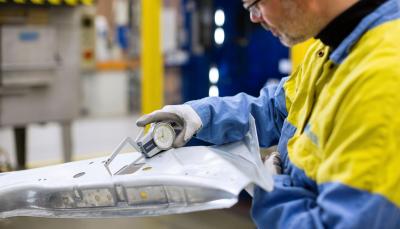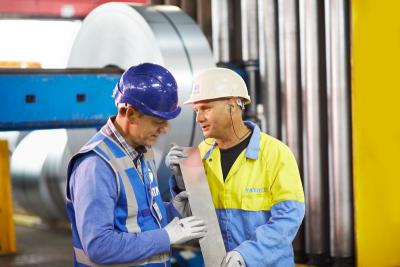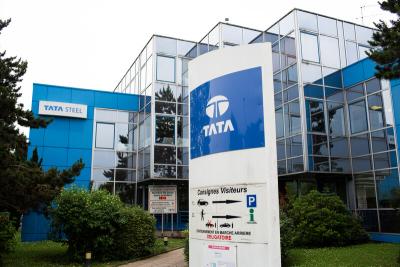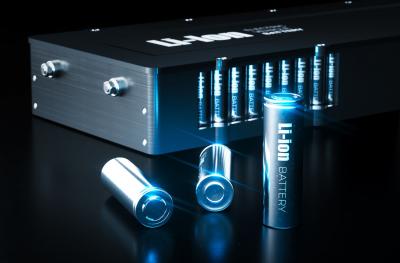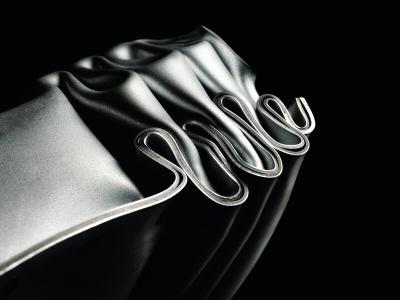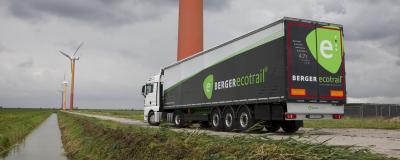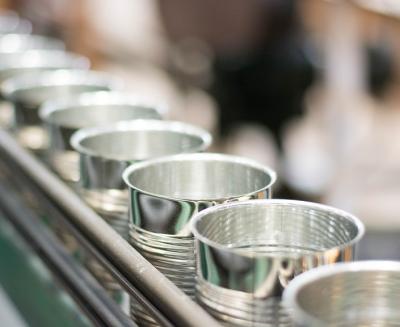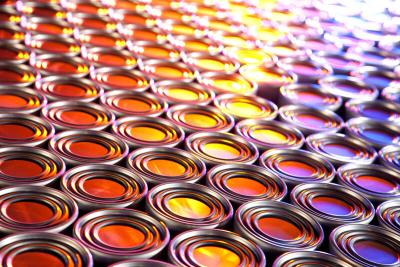“Zero steel packaging to landfill” was the 2025 vision announced by APEAL during Steel Packaging Week earlier this year, as they look towards recycling as a key component of a twenty-first century circular economy.
The 2025 vision feeds directly into the European Green Deal, aiming to turn Europe into the first climate-neutral continent by reducing its greenhouse gas emissions to net zero by 2050. The idea of a circular economy sits firmly at the centre of both the vision from APEAL and the EU deal, but more specifically the Circular Economy Action Plan includes a ‘sustainable products’ policy applicable to materials such as steel.

As we know, the central premise of a circular economy is to keep resources in use for as long as possible, rather than taking more from remaining stores of raw materials. Repeated recycling is essential to this cycle, alongside growth in the use of permanent materials – such as steel. If steel is properly collected and processed it becomes a valuable resource for endless production loops at the heart of a successful circular economy.
“The four key areas of action will include a focus on optimising separate waste collection, establishing a scrap quality standard, the collection and sorting of steel closures, and designing for recyclability,” explained Alexis Van Maercke, secretary general of APEAL.
“As APEAL’s recycling report published in 2018 illustrates, separate collection is the best way of guaranteeing high-quality input into recycling operations. Establishing a scrap quality standard is equally important. Crucially, to maintain quality in the steel for packaging scrap value chain, quality control must start when the material is at the sorting facility. This can only be achieved by establishing a quality standard for packaging steel scrap.”
Whilst steel is the most recycled material in the world (82.5% of steel packaging recycled across the EU), the collection and sorting of steel closures in Europe is estimated to be below-average, hence the new vision for “Zero steel packaging to landfill”. The improvement to recycling rates should make a huge difference to achieving this goal – so the next step is to raise awareness, make guidelines clear and designing for recyclability.
To this end, we are looking forward to reading APEAL’s upcoming stakeholder report, due to be published in December 2021, entitled ‘Why Steel recycles forever – How to collect, sort & recycle steel for packaging’.
Tata Steel is aligned with APEAL’s vision and already contributes to the four points laid out: optimising separate waste collection; establishing a scrap quality standard; the collection and sorting of steel closures; and designing for recyclability.
Tata Steel has a well-established recycling education programme in schools which helps promote optimising separate waste collection. We want to share the knowledge and potential of steel recycling with the next generation, so that they understand the possibilities of recycling for the environment, long before they become adults.
We cover all sorts of areas from an introduction to steel and how it is used for packaging in items; how steel packaging protects and preserves contents; to what makes steel such a sustainable material; how it can be recycled repeatedly; and the positive impact of putting cans into street side collections and can banks.
Tata Steel is also one of the largest steel re-processors in Europe; we are innovators in carbon neutral steelmaking, with a commitment to ensuring our raw materials are sourced from responsible supply chains and in accordance with sustainable business practices.
We also work closely with brand owners to demonstrate designing for recyclability. We can explain the many benefits of steel in packaging, the almost limitless design options, and steel’s excellent recycling credentials – metal recycles forever.
By making more informed packaging designs food and drink manufacturers, for example, could drastically extend the shelf-life of food, whilst retaining nutritional value and prevent waste – all by using steel, which can then be recycled endlessly for this purpose.
It’s also worth remembering the damaging environmental impacts of food waste when looking at ways to achieve the EU deal’s circular economy goals. Around 25% of human-made greenhouse gas emissions are generated by food waste[1]. Steel for packaging has a key role to play in helping achieve the vision for a greener future. Our customers can rely on our sustainable solutions and expertise to help them improve the sustainability of their value chains and create the sustainable products which APEAL needs to see to achieve their vision.
By combining our passion for promoting steel for packaging as an environmental ‘win’ with our ability to use more recycled steel and breakthrough technologies, carbon neutral steelmaking is definitely close on the horizon, and will make a huge contribution to achieving the global vision.
>> Return to main Packaging blogs page
[1] https://ourworldindata.org/food-ghg-emissions















